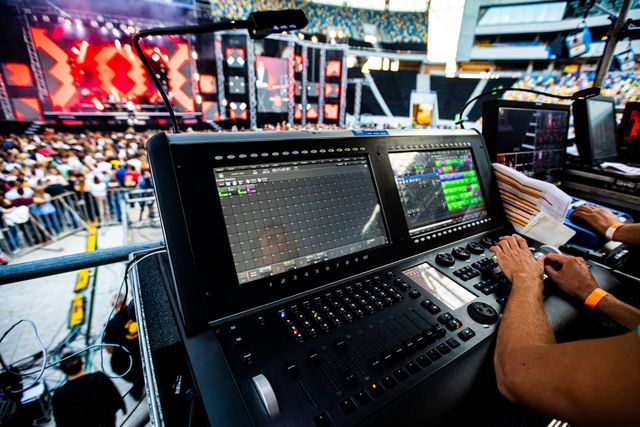Exploring the Benefits and Drawbacks of Static Frame and Mobile Projection Screens for All Viewing Occasion
Exploring the Benefits and Drawbacks of Static Frame and Mobile Projection Screens for All Viewing Occasion
Blog Article
As it comes to enjoying films, presentations, or gaming, the kind of projection display used can significantly affect the watching experience. A couple of popular choices are fixed frame screens and portable projecting screens. Both type has its unique set of benefits and drawbacks that can influence which option is best for a specific situation. Comprehending these differences can assist individuals and organizations make knowledgeable decisions about their viewing setups.
Stationary projecting displays are designed to be permanently installed in a specific place. A primary of the key benefits of fixed frame screens is their ability to provide a flat, even area for displaying pictures. This evenness guarantees that the picture quality is sharp and clear, which is especially important for high-definition content. Additionally, stationary displays often feature with a dark frame that improves differentiation and causes the displayed picture pop more. This type of screen is ideal for home theaters or dedicated presentation rooms where the setup will not change frequently.
On the other hand, portable projecting screens offer flexibility and convenience. These screens can be easily set up and taken down, making them perfect for events that require mobility, such as conferences, classrooms, or outdoor movie nights. Portable screens come in various sizes and styles, including stand and collapsible choices, allowing individuals to select an option that meets their requirements. The capability to move these displays makes them a popular choice for people who need to present in different locations or for those who do not have a dedicated space for a fixed screen.
Nonetheless, there are some limitations to each kinds of displays. Fixed frame displays can be more costly and necessitate expert setup, which may not be practical for all. Additionally, after mounted, they cannot be relocated with ease, restricting their application to one location. In contrast, portable screens may not provide the equivalent degree of picture clarity as fixed frame screens. They can sometimes have creases or bends that impact the display, particularly if they are not configured correctly. This can be a worry for those who prioritize picture quality over convenience.
An additional consideration to take into account is the area available for the screen. Fixed frame displays need a specific area with enough wall space and suitable illumination settings to optimize the viewing encounter. This can be a constraint for those residing in smaller customizable projection surfaces for branding homes or flats. Mobile displays, on the other hand, can be employed in various environments, from large theaters to cozy sitting areas. This flexibility makes them a sensible option for numerous users, especially those who may not have a permanent configuration.
To sum up, each fixed frame and portable projection displays have their distinct benefits and challenges. Fixed frame screens excel in offering superior pictures and a polished appearance, making them suitable for specific watching spaces. Conversely, mobile displays offer flexibility and convenience, making them perfect for on-the-go presentations and events. By considering the benefits and disadvantages of each kind, individuals and organizations can select the projecting display that most fits their specific requirements and improves their viewing experience.